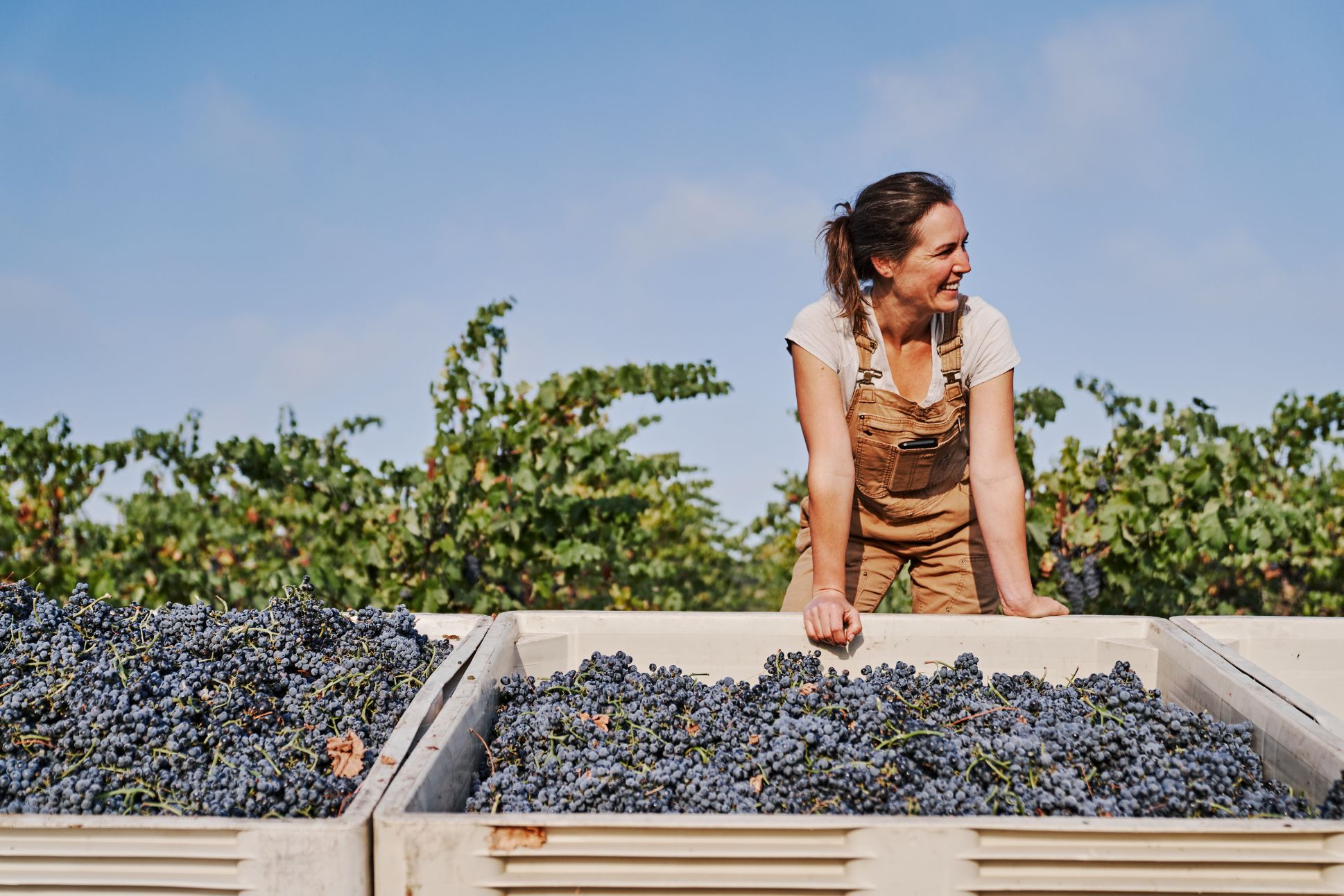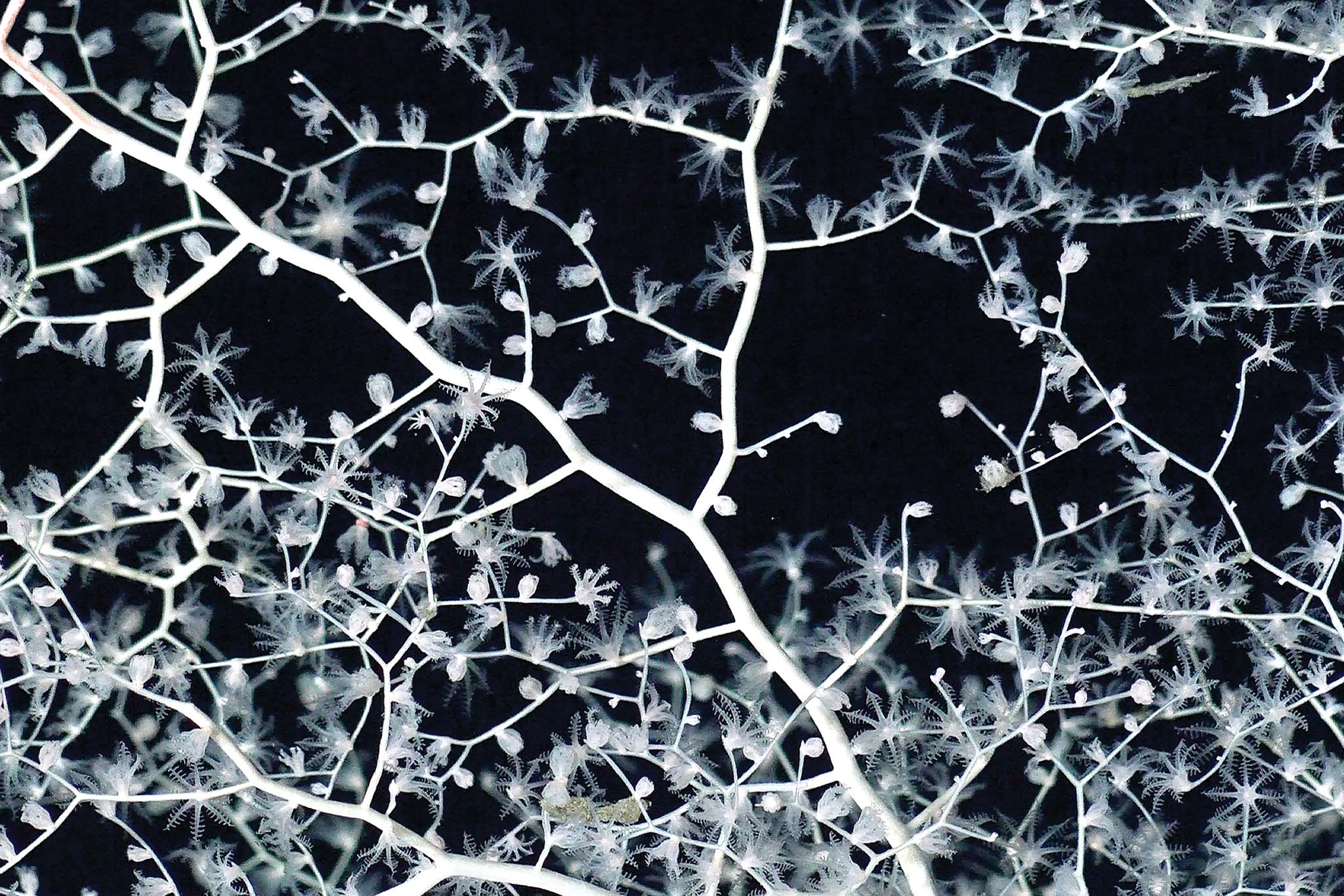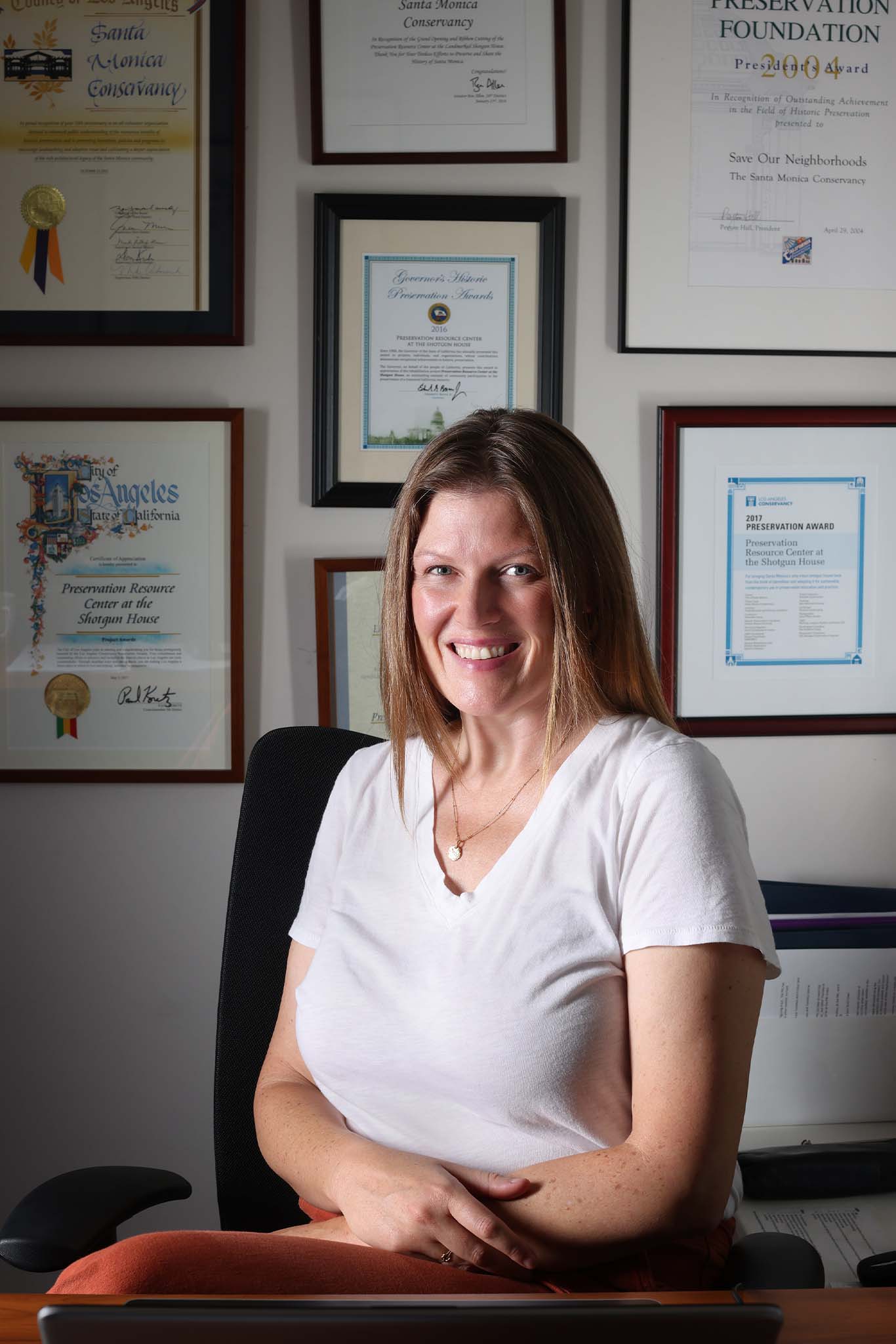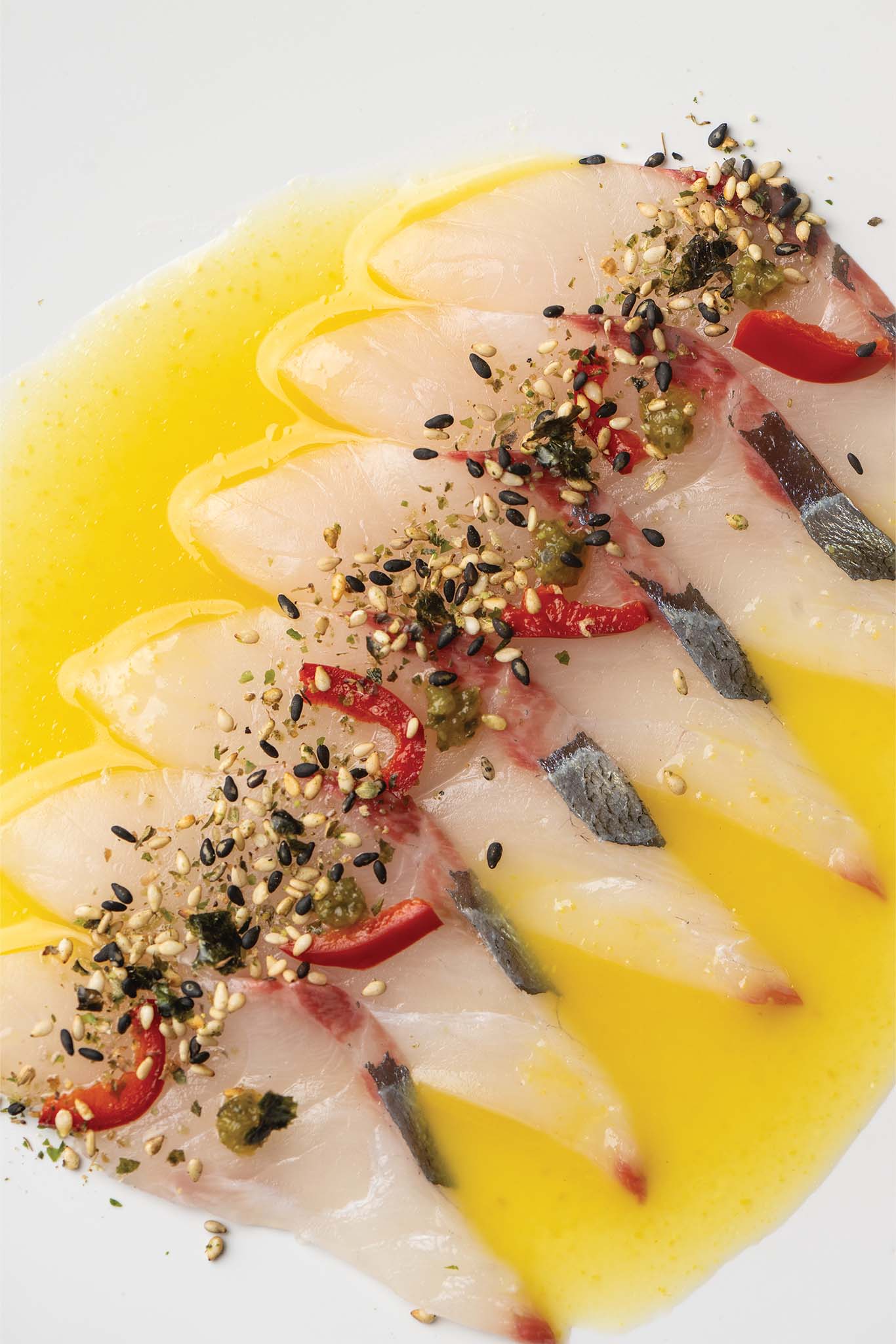Text by Lauren Messman
Images by Andrew Thomas Lee and Tyler Tronson
Illustrations by Yoko Baumberger
California has long been known as America’s wine country, with its agreeable climate, varied geography and long history of grape growing. But as wine has become a commercial product, it’s also become mass produced, engineered with modern farming methods to meet demand.
Over the last few decades, some winemakers have been operating on the fringes of that norm, making wine through minimal intervention, now more commonly known as natural wine. While there’s no official definition or certification, natural wine is generally understood to be wine made with organically or biodynamically farmed grapes, grown without synthetic pesticides, fungicides or fertilizers. Once harvested, those grapes ferment only with the native yeast that already exists on the skins, and without any commercial additives to help control or propel the process, aside from occasionally a small amount of added sulfur dioxide to stabilize and preserve the wine.
While it can be more difficult, and riskier, to make wine this way, the goal is to produce a true expression of the natural environment where the grape was grown, or the region’s terroir, rather than one that reflects a chemically engineered flavor profile.
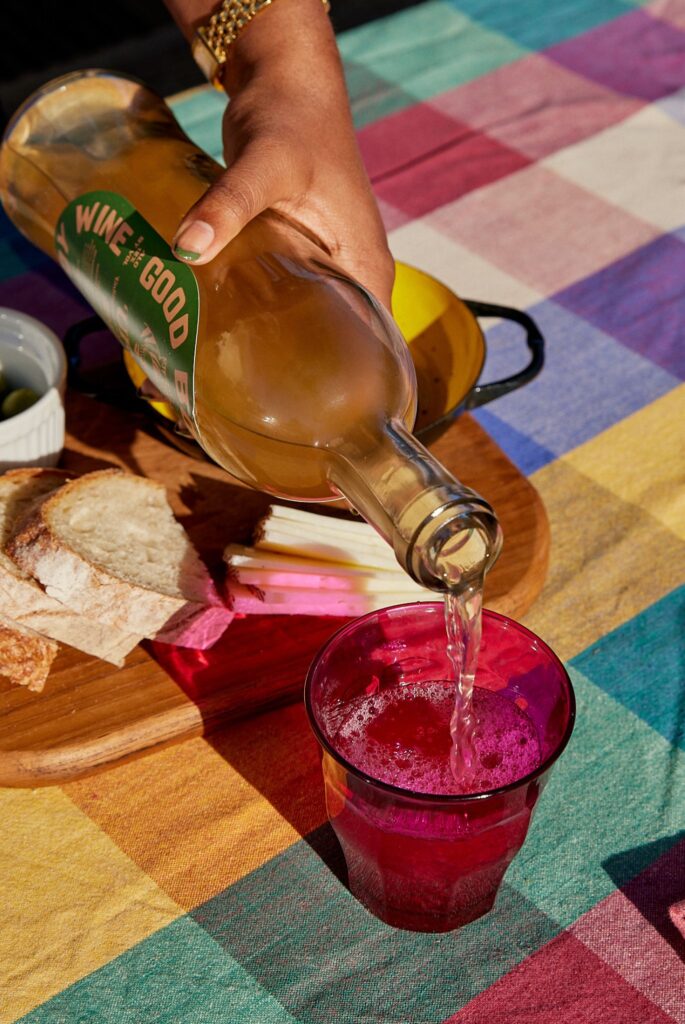
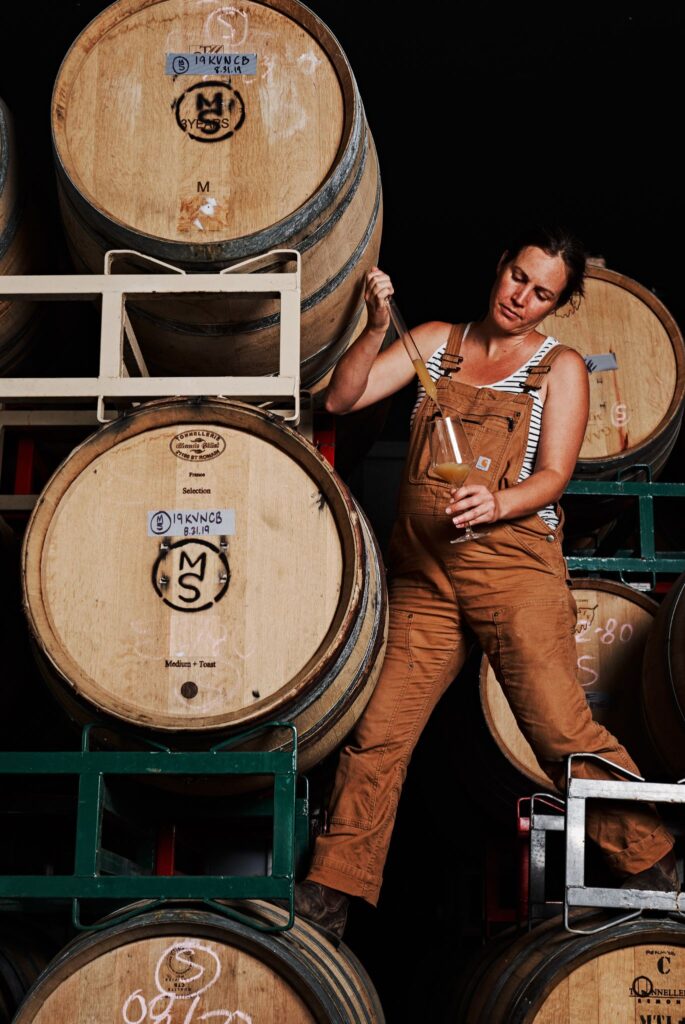
James Jelks, the producer behind Florèz Wines in Santa Cruz, Calif., says generally wines become diminished “because people are trying to do things to them; They’re trying to get them to be a way.” As a natural winemaker and wine drinker, he says, “I want as authentic, as honest a product as possible.”
This means natural wines can vary in color—from soft and golden yellows, to orange and salmon pinks, light reds and deep, dark purples—and suggested serving temperatures (chilled reds are popular in hotter months). Some can have a very traditional palate, while others are often described as “funky,” to note a kombucha-like taste, or “effervescent,” to express a hint of fizz. Depending on the winemaker’s filtration methods, they can appear clear or slightly cloudy, with harmless leftover sediment occasionally dusting the bottom of the bottle.
The Los Angeles-based natural winemaker Rachel DeAscentiis, who runs the label Say When with her husband Michel, has current and upcoming releases within that diverse spectrum. On the less conventional end, she has a piquette, which is a light and refreshing wine-like beverage made by rehydrating grape skins that have already been pressed. The drink is becoming more popular in the natural wine world because it’s another way to utilize discarded grape skins, seeds and stems.
On the more refined side, DeAscentiis, 33, is also about to release a syrah sourced from 50-year-old vines in Los Olivos, Calif., which she believes could be one of the “most pure, elegant tasting wines I’ve ever made.”
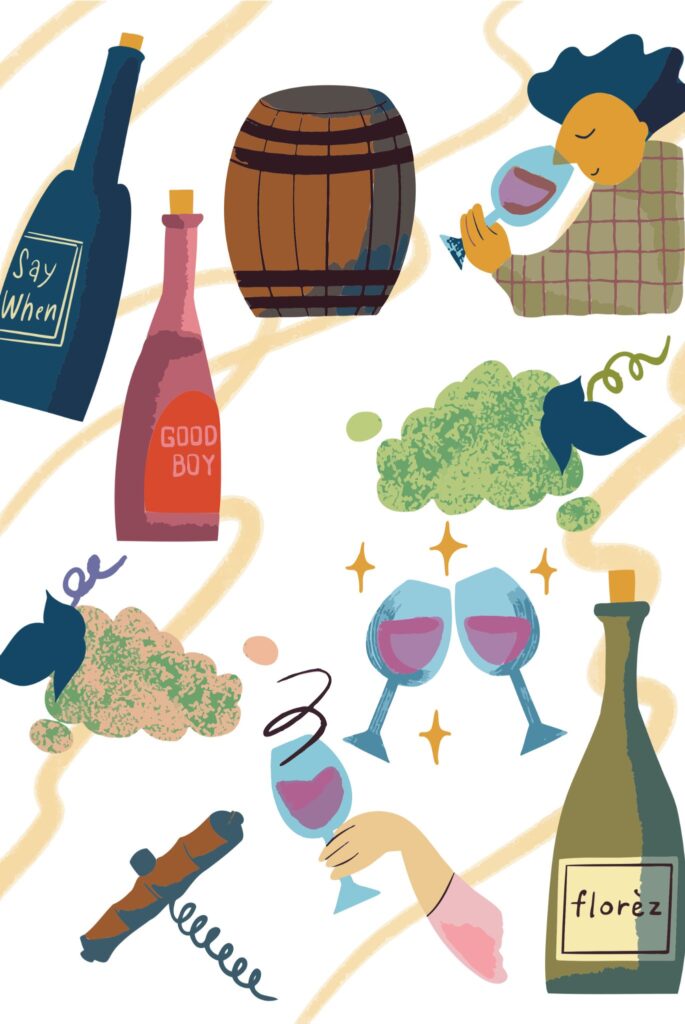
“Even if you don’t like orange wines or don’t like wines that kind of taste like kombucha,” she says, “there are very serious, elegant red wines that are made naturally that I think just aren’t what people associate with natural wine.”
For some consumers, the range of natural wine’s characteristics is redefining what wine can be, how it can taste and its impact on the environment, all of which are contributing to natural wine’s recent surge in popularity. Across the country—but especially in the coastal hubs of New York City, San Francisco and Los Angeles—there are wine bars, restaurants, bottle shops and even zines dedicated to natural wine.
But despite its rise in trendiness, natural wine isn’t new. The recent movement is instead revitalizing traditional methods that winemakers around the world have been practicing and handing down for centuries, long before modern farming and production practices made their way into our stemware.
Both Jelks, 31, of Florèz Wines, and Martha Stoumen, 38, are graduates of UC Davis’s Viticulture and Enology program, but they also spent time working in vineyards to learn low-intervention techniques first-hand. For Stoumen, who spent eight years learning from winemakers across Europe and in New Zealand, the cultural preservation of their methods was part of what inspired her to return to California and make her own wine.
Stoumen now runs her own label from her hometown of Sebastopol, Calif., in Sonoma County. She sources organic grapes from longtime California growers, and also leases vineyard land where her grapes are dry farmed, a method that relies only on natural rainwater, rather than irrigation. These farming parameters lead Stoumen to seek out the freshest and most expressive varietals in a given year, instead of pursuing a specific grape. Her approach is more about assessing “what are the grapes telling us to make?”
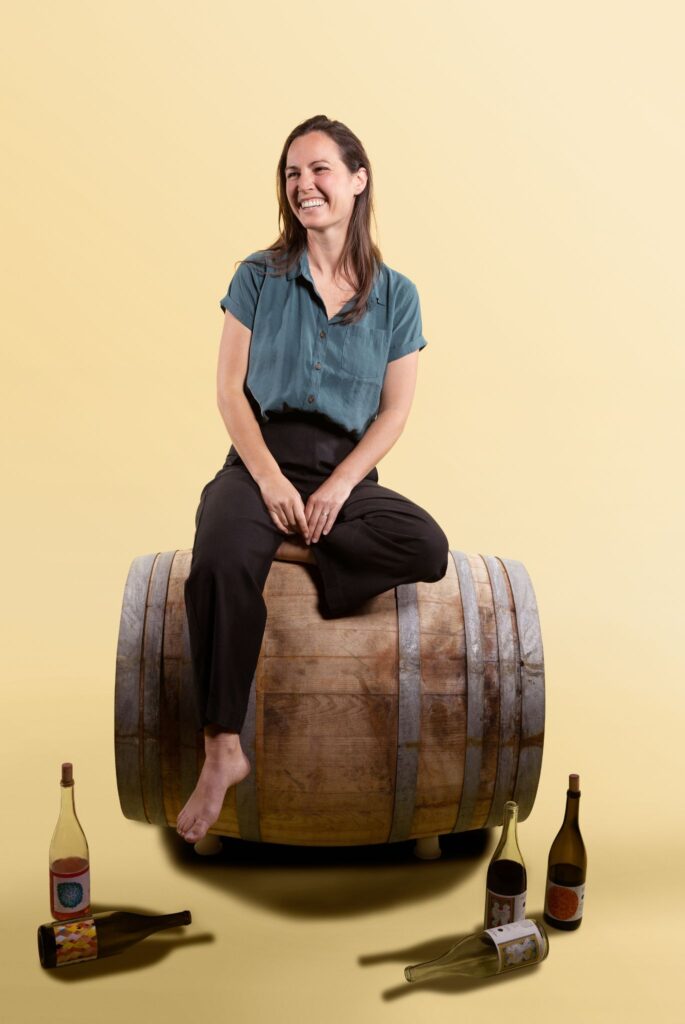
“We’re not going to adjust the flavors,” she says. “We’re not going to add a bunch of things once we get back to the winery. We’re not going to add tannin and acid. You can basically buy bags of wine flavoring if you want to, but we’re not going to do any of that.”
For Jelks, being forced to be resourceful, both in the vineyard and in the winery, is a challenge that’s paid off. At one point, he was fermenting picpoul, a white grape that was picked slightly early and emitting what he called an “intense kind of fruitiness.” At the same time, he had a portion of pinot noir that he felt was “too jammy” to release on its own. To salvage them, he tried blending the two fermentations together, creating Florèz’s Poilu’s Pinard.
“Together they complemented each other perfectly, and that wine was probably one of the most popular wines on that release,” Jelks says. “I don’t know if I want to call it a mistake, but it didn’t go according to plan.”
The approachability of the natural wine movement is also attracting people outside of the traditional food and beverage world. In 2015, James Murphy, of the band LCD Soundsystem, opened the Four Horseman in Williamsburg, Brooklyn, which New York Magazine has called “perhaps the premiere New York destination for natural wine.” And consumers have been enamored with Las Jaras Wines, a label of low-intervention offerings from the comedian Eric Warheim and the winemaker Joel Burt.
Before coming together to create Good Boy Wine in Los Angeles, Eric Bach, 38, and David Bourke, 36, had no formal winemaking knowledge. Instead, they did their own research and reached out to natural wine producers within two hours of L.A. who offered guidance and encouraged them to continue.
Bach then spent time training with winemakers in France and, by harnessing French old-world techniques, he says he aims to make wine “for the California palette, where it’s always hot, and you’re having a good time, and you’re maybe drinking a little bit more quickly than you should.”
Good Boy’s grenache, called Warm Breeze, he deems a perfect representation of that. On the label’s website, tasting notes include: “campari spiked strawberry Koolaid” and “summer vacation in Mallorca.”
Good Boy Wine is also dedicated to fostering collaboration among like-minded producers and consumers, an attempt, Bach says, to “pay it forward” after being welcomed into the natural wine community as newcomers.
“We’re always supporting each other. Inviting each other to our different events. Doing collaborative wines, whatever it may be,” Bach said. “It feels like we’re in it together.”
Recently, Bach and Bourke hosted Good Boy & Friends, a tasting event at a local bar that brought together representatives from 12 natural wineries and wine shops around Southern California. As a DJ spun disco records and a spray-paint artist created custom T-shirts, the gathering was stylishly unfussy, celebrating collaboration, rather than competition—without the pretension or snobbishness that’s plagued the wine world in the past.






